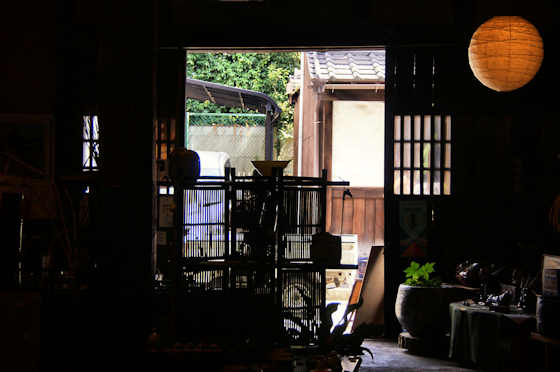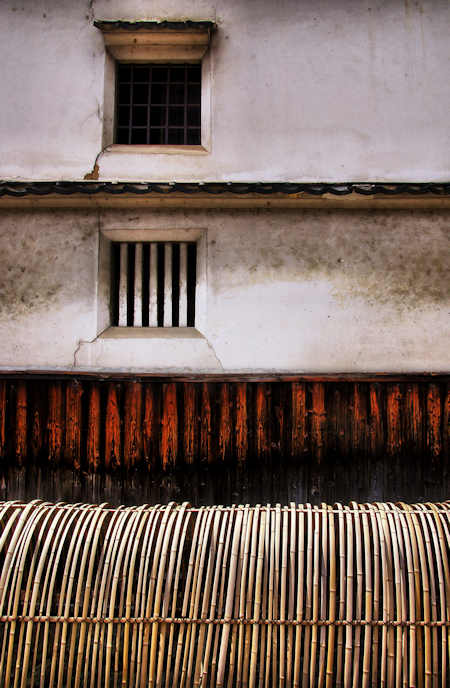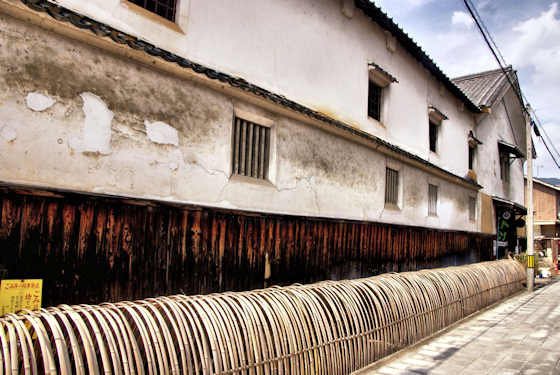Saturday, July 15, 2023
Hizen Hamashuku Sakagura Street Preservation District
Friday, February 10, 2023
Fujii Shuzo Sake Brewery Takehara
Fujii Shuzo Sake Brewery Takehara
Tuesday, March 29, 2022
A Brief Guide to Museums of Hita
Museums of Hita 日田市
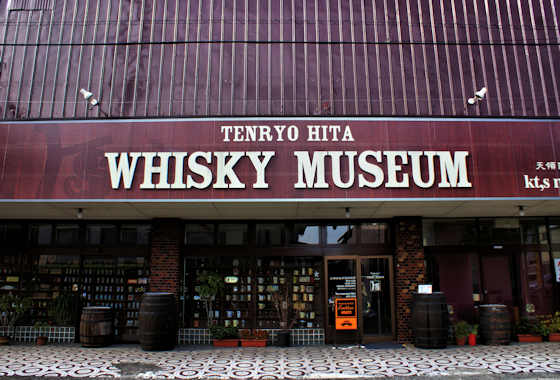 |
| Whisky Museum |
I visited Hita, a small, historic town near the border of Fukuoka in Oita, several times, the first being on day 53 of my walk around Kyushu on pilgrimage. I quite enjoyed the town and there was plenty to see in and around the Historic Preservation District, including a range of museums. The Whisky Museum was closed when I was there but it has a collection of 30,000 whiskeys and paraphernalia that have been collected by the owner since he was 13. If alcohol is your thug then there is a sake museum in the local brewery.
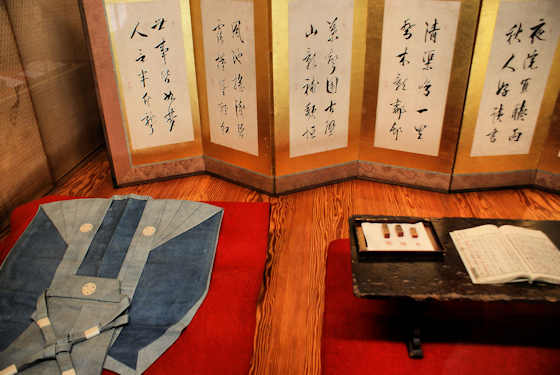 |
| Museum in Hita |
Monday, February 28, 2022
Kuncho Sake Brewery & Museum
Sake 酒
Just about every town in Japan, large or small, has at least one sake brewery.
Tuesday, May 11, 2021
Buzen Kaido in Yamaga
Buzen
Buzen was the histoical name for a small province in the north of Kyushu, and the Buen kaido was a "road" that connected the south of Kyushu with the north and from there on to the rest of japan, specifically Osaka and Kyoto.
Wednesday, January 12, 2011
Tondo food & drink
Wednesday, December 16, 2009
Sexy Kappa?
The Kappa, Japanese water imp, does on occasion behave kindly to humans, but mostly it is a malevolent creature, so it is not surprising that traditional representations of it portray it as a rather vicious-looking animal, as in these pictures at the excellent Onmark site.
Contemporary representations of Kappa however tend to portray it as "kawaii", cute, cartoon-like, childish. I have yet to read a convincing explanation as to why contemporary Japanese culture is obsessed with kawaii, but if anyone knows of any I would like to hear it. A few examples can be found here
But there is another representation that is found nowadays, that of the sexy female kappa.
The above design is found on vending machines for Kizakura brand sake, and she is certainly well-endowed.
This one, also amply-endowed, is on a bridge in the village of Izuha up in the mountains near here. The statue commemorates an annual race held here, the Suichu Kappa Ekiden, which is a "road race" that takes place in the river.
Monday, December 7, 2009
O-miki by the barrel
A huge stack of sakedaru (sake barrels) at Matsuo Shrine near Kyoto. Matsuo is the home of the patron kami of sake brewers.
Sake when offered to the kami is known as O-miki. It is one of the primary offering (shinsen) to the kami. After a ceremony the omiki will be shared among the participants and congregation.
I don't drink sake, but gladly drink omiki.
The wooden sakedaru are wrapped in a ricestraw blanket to protect them during transportation.
Most of the major shrines will have a stack of sakedaru, usually, but not always, donated by brewers.













